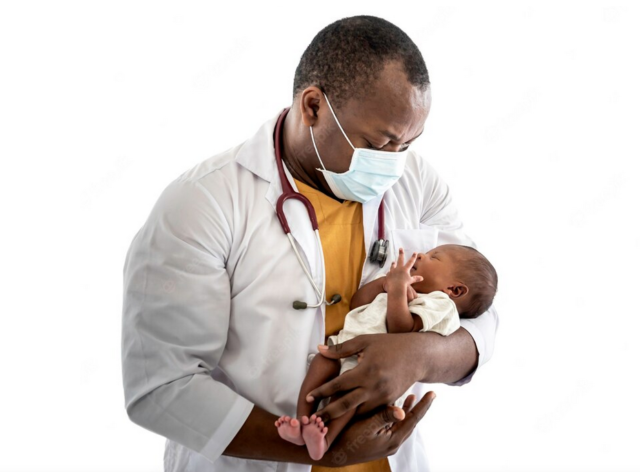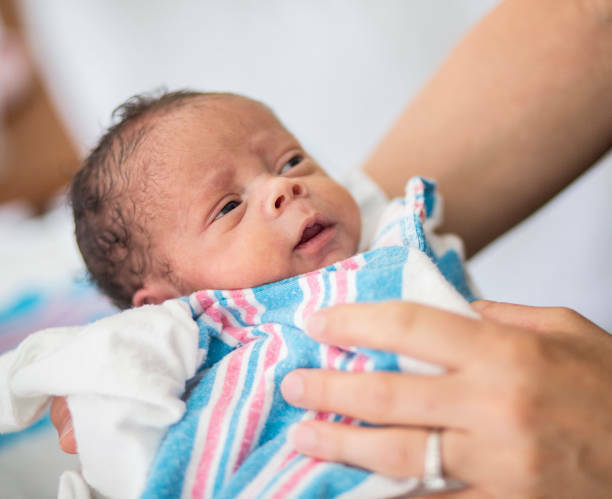After a long decline in syphilis cases, the infection is now making a comeback. And this time, it is affecting the most vulnerable among us – infants. As a result, US public health officials are calling for immediate action to address this alarming trend.

When Infected mothers pass along the disease to their babies in utero, it is known as congenital syphilis. In 2022, over 3,700 babies in the US were born with congenital syphilis, representing a 1,000% increase since the year 2012. According to the US Centers for Disease Control and Prevention, this number translates into 32% more cases. Per a recent report published in the CDC’s Morbidity and Mortality Weekly Report, nearly 300 of those babies were tragically stillborn or died at birth.
“We expected perhaps a slight increase in congenital syphilis, but a 32% rise in one year is shocking, and it shows a collapse of the maternal and child health and STI public health system in America,” David Harvey, executive director of the National Coalition of STD Directors said in an interview with CNN. Harvey said that he was “stunned” by these numbers.
In a media briefing, Dr. Laura Bachmann, the Chief Medical Officer in the CDC’s Division of STD Prevention, stated that the latest figures are the highest recorded numbers in the US in over 30 years.
“Despite repeated warnings and calls to action, the congenital syphilis crisis in the United States has skyrocketed at a heartbreaking rate,” Dr. Debra Houry, the CDC’s chief medical officer, said in a news release.

If left untreated, and the infant survives, congenital syphilis can cause severe damage to an child’s bones and organs, as well as impair their vision and hearing. In addition, congenital syphilis can lead to long-term health issues.
So, just what can be done to help protect those who cannot protect themselves from this disease?
Well, testing and treatment are the keys to, more likely than not, curing an infected expectant mother, thereby sparing her child. Per CNN, the administration of a single course of penicillin at least one month prior to delivery, infected mothers can almost always avoid transmitting the bacteria to their infants.

“Over half of the people who were identified as having syphilis did not get the treatment they needed,” said Dr. Robert McDonald, an epidemiologist at the CDC and lead author of the new report that sheds light on this new infant threat.
McDonald continued telling CNN that he believes that we will continue to see syphilis and congenital syphilis cases rise even higher.
“I think we continue to see cases of congenital syphilis increasing because we continue to see cases of syphilis among women going up. And I think that’s why, specifically now, we’re really calling for better screening of women and sexually active people for syphilis.”
In terms of race, significant disparities were found regarding congenital syphilis. The research found that infants born to Black, Hispanic, and American Indian/Alaska Native mothers were eight times more likely to have congenital syphilis compared to those born to White mothers.







